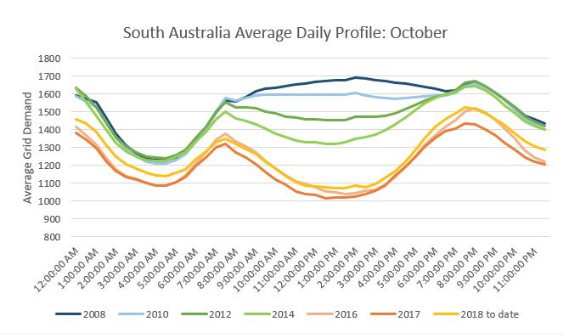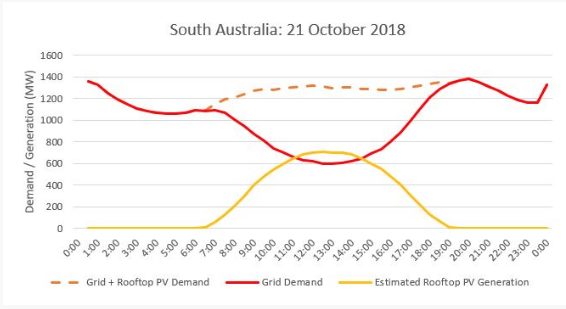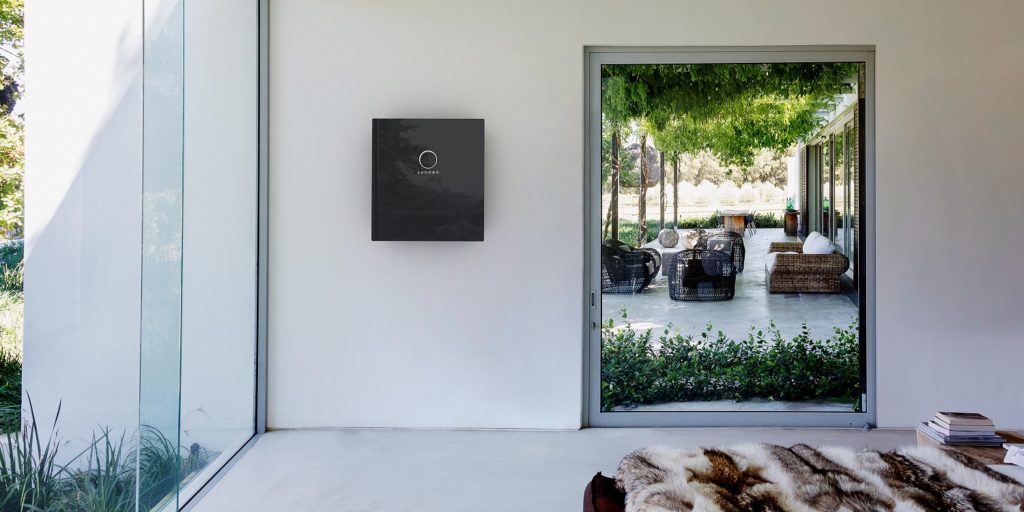Australia’s biggest battery subsidy scheme that will help pay the installation of a home battery system in South Australia has been officially opened by the state government today.
Under the Home Battery Scheme, the subsidies of up to $6,000 will be available to 40,000 South Australian households and scaled in line with the size of the system being installed.
This means that a household with a large battery providing 10kWh of storage would be in line for a $5,000 or $6,000 subsidy, the latter one being reserved for concession holders – such as pensioners and low-income homes.
The $100 million in state government subsidies have been matched by $100 million in low-interest loans from the Clean Energy Finance Corporation (CEFC) for the balance of the battery and new solar if required.
These loans will be delivered through U.K.-based RateSetter’s new South Australia-specific renewable energy lending market, in cases when the upfront costs of the home battery system installations are not met by the South Australia government subsidies
Households can visit a dedicated website where they can find a qualified system provider, search for an approved battery system, request a quote and apply for the subsidy and low-interest loan.
Premier Steven Marshall said this $200 million investment is a central plank of his government’s plans to cut the price of electricity for South Australian households and businesses.
“Households will enjoy savings of thousands of dollars on their electricity bills over the life of the battery,” Premier Marshall said.
“We are also creating jobs and attracting new business to our state by giving priority to qualified system providers who commit to installing approved battery systems that are manufactured or assembled in South Australia,” Premier Marshall said.
German battery storage giant sonnen is the first provider to enjoy this benefit since it announced plans to manufacture up to 10,000 battery storage units a year at the former Holden manufacturing site in Elizabeth.
sonnen batteries are available from today with additional brands available after the nine week period – a priority period given to locally manufactured batteries.
The German storage provider has confirmed it expects to produce the first batteries from its production line in Elizabeth next month.
sonnen forecasts the factory to create more than 430 jobs across its operations and installation division within six months of the centre opening.
Benefits for the grid
South Australia is the nation’s leader in renewables deployment with the largest amount of installed wind and solar capacity (1,831MW). With 32.3%, SA features the second highest proportion of households with installed solar panels, close on the heels of Queensland (32.9%).
The high rooftop solar penetration has changed the grid demand levels over the years (see graphic below), dropping demand during in the middle of the day in what historically was the peak period – the duck curve, and significantly ramping up in demand in the evenings when the sun sets.

According to the Australian Electricity Marker Operator (AEMO), South Australia has recorded its lowest ever grid demand earlier this month, as widespread adoption of rooftop solar has pushed the grid demand below 600 MW.

As quick swings or ramps in the demand pose a challenge for the AEMO in ensuring the grid’s reliability, technologies, such as batteries, are particularly important, as they can be used to help manage the variation that large penetrations of solar roof-top generation can bring.
When recruited in a virtual power plant, the batteries installed under the SA Home Battery Scheme will offer a great support to the grid.
“Not only will up to 40,000 households enjoy reduced electricity prices by purchasing a home battery system, but the installation of these systems will reduce demand on the network,” said Minister van Holst Pellekaan, noting that this will ultimately result in lower prices for all South Australian households.
This content is protected by copyright and may not be reused. If you want to cooperate with us and would like to reuse some of our content, please contact: editors@pv-magazine.com.









By submitting this form you agree to pv magazine using your data for the purposes of publishing your comment.
Your personal data will only be disclosed or otherwise transmitted to third parties for the purposes of spam filtering or if this is necessary for technical maintenance of the website. Any other transfer to third parties will not take place unless this is justified on the basis of applicable data protection regulations or if pv magazine is legally obliged to do so.
You may revoke this consent at any time with effect for the future, in which case your personal data will be deleted immediately. Otherwise, your data will be deleted if pv magazine has processed your request or the purpose of data storage is fulfilled.
Further information on data privacy can be found in our Data Protection Policy.